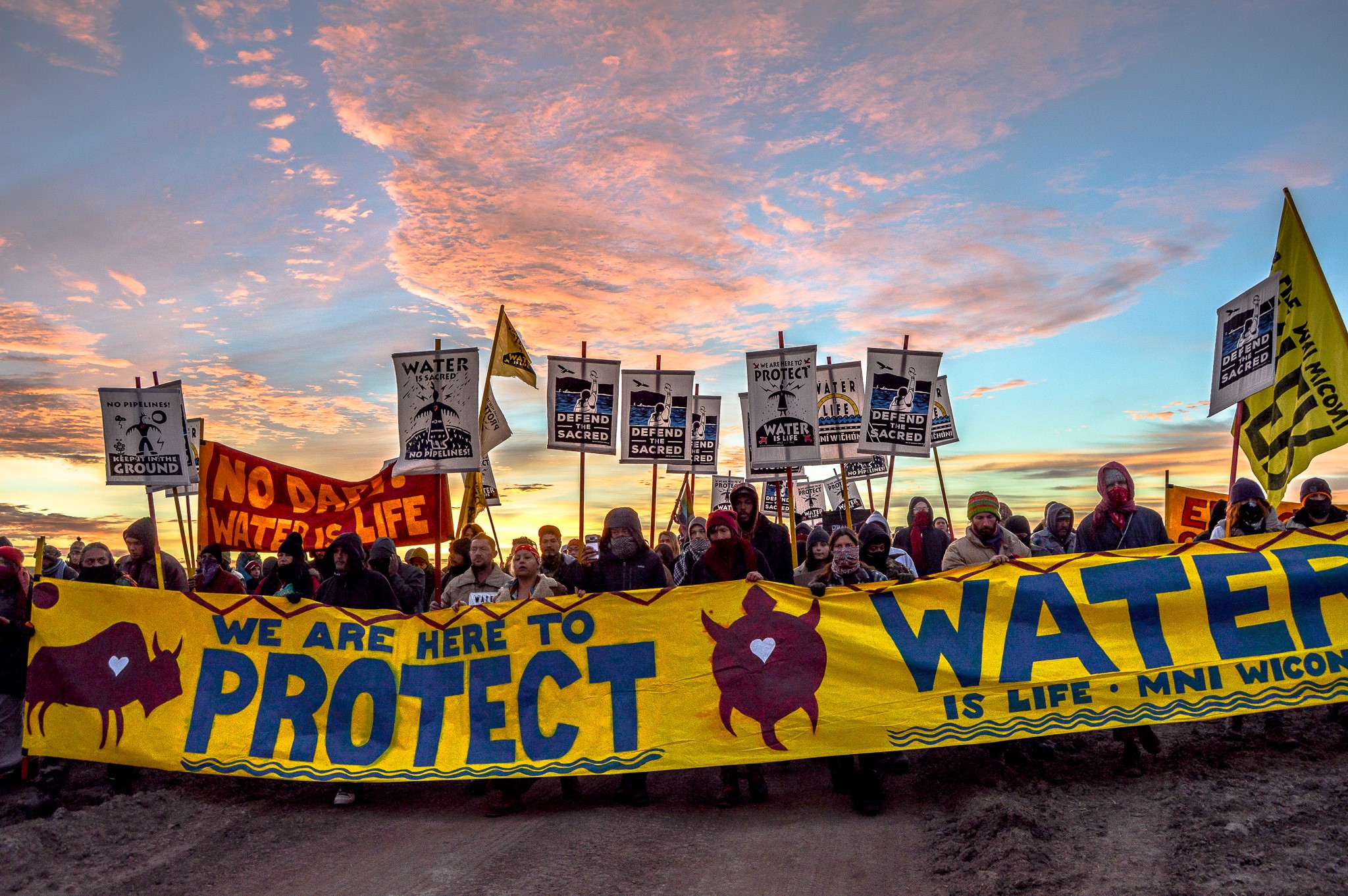The highest degree of US justice supports the tribes who oppose the Dakota Access pipeline. The environmental impact is too high.
Another triumph for the Sioux of the Standing Rock Reservation, North Dakota, who have been fighting the controversial Dakota Access pipeline (Dapl) project since 2016, gathering support from around the world.
Two years ago, in fact, a federal court in Washington ordered an environmental review of the project, because it violated the National environmental policy act (Nepa), the law on US environmental law.
The pipeline operator, Energy Transfer, appealed against that decision. On February 22, 2022, however, the supreme court, which is the highest degree of justice in the United States, rejected the claim. Again giving reason to the tribes who defend their territory.
The federal court’s decision, therefore, remains intact: the pipeline has a negative impact on the Standing Rock Reservation, located between North and South Dakota.
The pipeline was designed to transport oil on a 1,886-kilometer route from the Bakken fields in North Dakota to Illinois, via South Dakota and Iowa. The Dakota Access pipeline featured a three-kilometer stretch under Lake Oahe, an artificial reservoir of the Missouri River.
But Native Americans – including the Standing Rock tribe, along with those of Yankton sioux, Oglala sioux, and Cheyenne river sioux – depend on these water resources. This is why they opposed the passage of the work for fear of the environmental disasters that the oil spills could generate.
The legal battle began in 2016 when the Barack Obama administration denied the pipeline permits to cross the Missouri River and ordered a comprehensive environmental review to investigate alternative routes.
In his first week as president-in-office, Donald Trump signed an executive order to expedite construction. The pipeline was thus completed in June 2017.
The tribes did not give up, they challenged the permits given to the company to build the pipeline and won the case, blocking the project. Consequently, the United States Army Corps of Engineers (Usace), the section of the American Army that had been involved in the design of the work, was ordered to proceed with a new environmental impact assessment, arguing that those previously made were “Severely deficient”.
«The pipeline litigation is over, but the fight continues», lawyer Jan Hasselman of EarthJustice, the non-profit legal organization representing the Standing Rock Sioux tribe in court, told the press.
In fact, while waiting for the assessments to be completed, the pipeline continues to transport oil. «We ask the administration to close the pipeline until the complete safety and environmental review is completed. First, Dapl should never have been licensed and the current administration is not addressing the persistent illegality of this project», Hasselman added.
Cutting fossil fuels is the only strategy the government led by Joe Biden should pursue. Instead, the average number of licenses issued each month by the Biden administration for the extraction of gas and oil is higher than that of the Trump administration.
Between 2017 and 2021, in fact, Trump had issued an average of 316 new permits per month, while for now, the White House has released an average of 339 per month. A choice that contradicts the commitments made by the United States during the Cop26 in Glasgow.









Show Comments